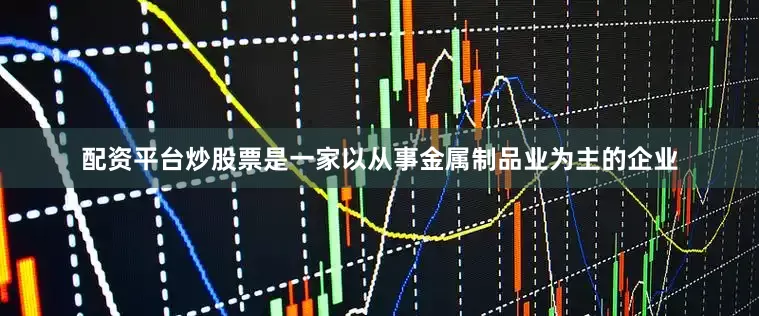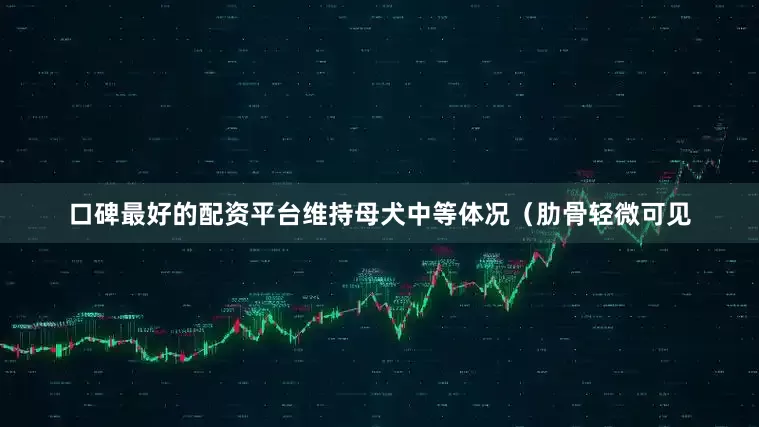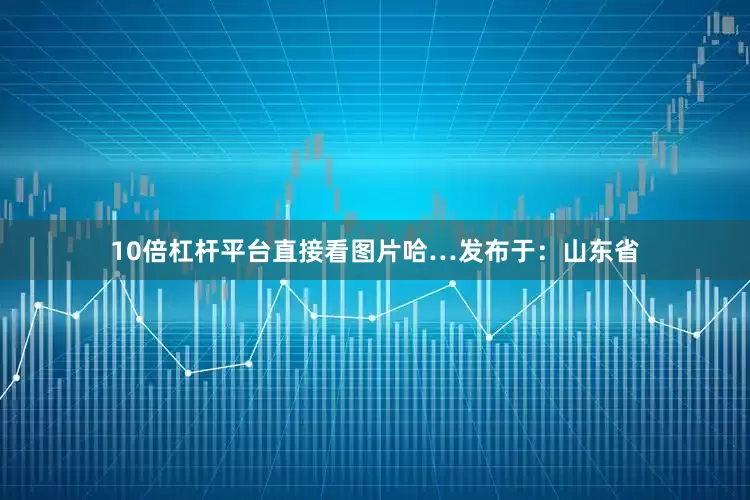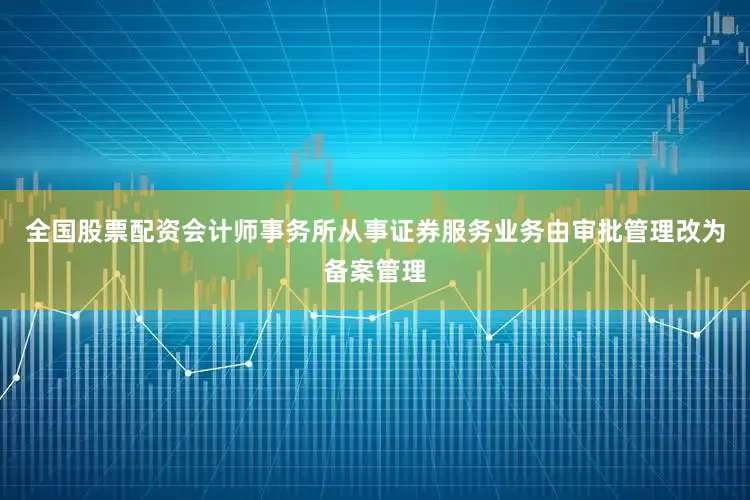
Here's the rewritten article with added details while maintaining the original meaning:
No one anticipated the sudden contraction and subsequent elongation of the frontlines. As the Russian military named the next city, Western tones shifted dramatically, and Kyiv's atmosphere grew somber.
\"We still have time, but not much,\" was the lingering statement.
展开剩余92%But how long could this time stretch?
The Russian forces began to mobilize, simultaneously advancing in multiple theaters and publicly announcing target coordinates. Their next objective: Pokrovsk.
Strategically located, Pokrovsk sits squarely between the eastern railway hub and central highway junction. Its capture would necessitate a significant reconfiguration of Ukrainian troop deployments west of Donbass.
Following a concise announcement from the Russian Ministry of Defense, on-site photos quickly followed suit. Artillery coverage zones, tank columns, and low-altitude drone swarms all converged on the area.
Analysis suggested the involvement of at least three mechanized brigades in the encroachment, with engineering units establishing temporary supply lines. This indicated not just harassment but a compressive advance strategy.
Ukraine's response was notably cautious. They did not outright deny the city's encirclement but instead spoke of \"tense situations\" and \"adjustments to defense lines,\" diverging from their usual rhetoric of \"full-scale counter-offensives\" and \"holding to the last.\"
What did this signify? It meant the threat was genuinely dire.
Historically, cities like Bahmut and Avdiivka, focal points, were high-profile operations for Ukraine's propaganda system aimed at stabilizing civilian morale. This time, however, both the rhetoric and actions were different.
The defenses outside the city were not manned by frontline main forces but rather emergency response units. The number of tanks fell far short of what was required for a defensive battle, and artillery fire was not fully engaged.
Kyiv seemed to be considering a strategic \"retraction,\" not as a tactical surrender but as a means to conserve forces while awaiting the next critical target.
The Russian strategy was clear: not to capture individual cities but to link them into a continuous line. Should Pokrovsk fall, the next targets could be Kramatorsk and then the major eastern arteries.
This method, known as \"reverse line defense,\" involves retreating one step at a time until nothing can be held, relying on prolonged encirclement.
The Russians had clearly learned from past engagements. They eschewed aerial clashes and infiltration tactics, focusing instead on artillery bombardments and gradual territorial gains.
Day and night, Pokrovsk's outer defenses saw three segments flattened, with localized interruptions to water and electricity prompting civilian evacuations. Ukraine's air defense systems faced immense pressure, forcing a shift from manned aircraft to swarms of unmanned drones and small guided missile craft targeting radar stations and communication towers.
How long could this siege endure? Could the Ukrainian forces stabilize before their second defensive line?
No one dared make promises. The Russian intentions were abundantly clear.
Just as Pokrovsk was embroiled in conflict, disturbances in the Sumy direction suddenly intensified.
Russian forces crossed the border, pushing forcefully into several Ukrainian villages defended by organized military units. This move immediately chilled Kyiv's rear guard.
Where is Sumy? Located in northern Ukraine, it was originally a buffer zone but had now become a frontline.
A glance at the terrain map clarified matters: if the Sumy direction were breached, the entire strategic focus of northeastern Ukraine would need to be redrawn, potentially pointing towards Kharkiv with southern pressure.
This was a classic case of \"frontline diversion, rearward maneuver.\"
Kyiv's response was swift: redeploying airborne regiments for defense, coordinating with special forces for aerial support, and penetrating the enemy's frontlines along forest belts.
This approach was difficult to defend against. Early reconnaissance relied on drones, followed by small troop infiltrations and finally massive troop deployments.
Ukraine's radar systems struggled to continuously detect low-altitude targets, and their firepower deployment was inadequate, resulting in a series of penetrations across villages one after another.
Yet, this line was too extensive. At any Russian prompt, additional forces would pour in.
Those small villages on the Sumy border, once considered non-combat zones, were now battlegrounds, with severely inadequate defenses.
Ukraine was forced to initiate emergency evacuation plans, closing civilian checkpoints and mobilizing reserve military and police forces.
What did this indicate? It showed Ukraine's lack of preparation in this area.
In recent years, the main focus was on the southeast front. Now, with Russian forces unexpectedly opening a new northern front, Ukraine was forced to \"divide its forces.\"
This was when the West began to feel uneasy.
Several US think tanks released reports emphasizing the Russian military's \"tactical maturity\" and the intent to expand the battlefield.
French and German media abandoned euphemisms like \"loss\" and \"advance,\" now openly discussing the \"new offensive.\"
It seemed the West was finally feeling the pressure. They hadn't misunderstood; they had simply been reluctant to acknowledge the shift. Now, with the frontlines changing, the atmosphere had shifted, demanding new strategic assessments.
If Sumy were breached completely, Kyiv's supply lines might be disrupted from the side, a problem extending beyond the battlefield to national structure imbalance.
Therefore, Kyiv had begun to shift its stance, no longer talking about \"absolute defense\" but emphasizing a \"critical window.\"
What did this mean? It meant leaving an escape route open, signaling that if they couldn't hold out, they hoped for understanding.
The question was, would the West buy into this \"understanding\"?
发布于:天津市网上安全配资提示:文章来自网络,不代表本站观点。







